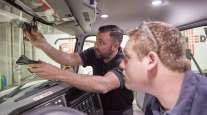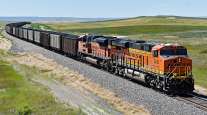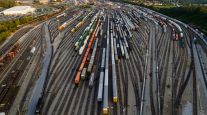Camera Rule Slammed Because It Doesn’t Include Freight Rail
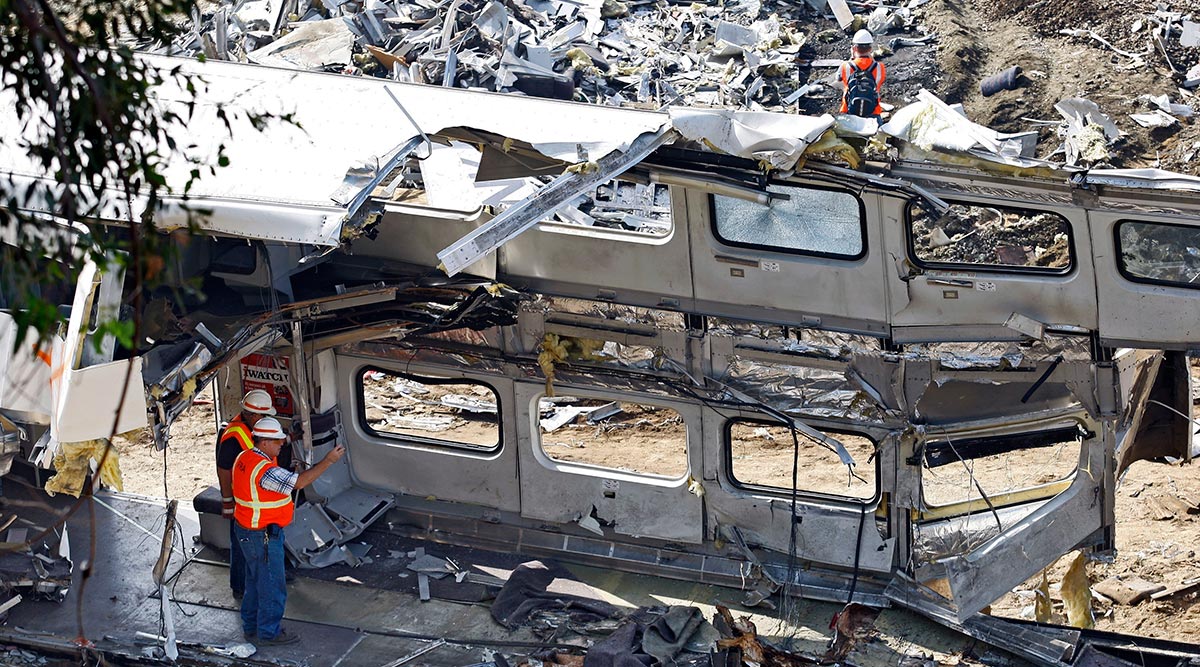
[Stay on top of transportation news: Get TTNews in your inbox.]
OMAHA, Neb. — Passenger railroads nationwide will now be required to install video recorders inside their locomotives, but the head of the National Transportation Safety Board said Oct. 12 the new rule is flawed because it excludes freight trains like the one that derailed and caught fire in eastern Ohio earlier this year.
The Federal Railroad Administration didn’t respond directly to the criticism of the rule requiring cameras showing both the train crew’s actions and a view from the front of passenger trains.
FRA spokesman Warren Flatau said freight railroads weren’t addressed because a 2015 law Congress passed only required regulators to establish a rule for passenger railroads. But many freight railroads, including all the biggest ones that handle a majority of shipments nationwide, have installed cameras voluntarily, starting with outward-facing cameras and later adding ones showing the crew’s actions.
The cameras are less common on smaller railroads. A spokeswoman for the American Short Line and Railroad Association said only a few short-line railroads have them, and most of those are only outward-facing cameras.
NTSB Chair Jennifer Homendy said in a statement that the “FRA’s belief that the cost ‘could outweigh the safety benefits’ is an affront to every community that’s experienced a freight or freight-passenger rail disaster.”

Homendy
The Norfolk Southern train that derailed in East Palestine near the Ohio-Pennsylvania border in February did have cameras, but Homendy said that because there are no federal standards for those cameras, investigators have only 20 minutes of footage from before that derailment.
“Though many in the freight rail industry have opted to install recorders voluntarily, there’s absolutely no standard for the number of hours of data they must preserve after an accident,” Homendy said. “East Palestine is a striking example: instead of having 12 hours’ worth of in-cab video, as we’ve recommended, our investigators only have access to a 20-minute recording — not nearly enough to help us or the FRA identify critical safety improvements needed to prevent similar accidents from reoccurring.”
Homendy said the new rule also fails to require audio recordings inside the cabs of locomotives.
The NTSB made its recommendation to add cameras in locomotives in 2010 after it investigated the deadly 2008 collision between a Metrolink commuter train and a Union Pacific freight train in Chatsworth, Calif. That crash killed 25 people, including the Metrolink engineer, and injured more than 100. But the NTSB said such cameras would have been useful in dozens of other crashes because they can help determine what caused them, particularly when the train crew was killed or can’t remember key details.
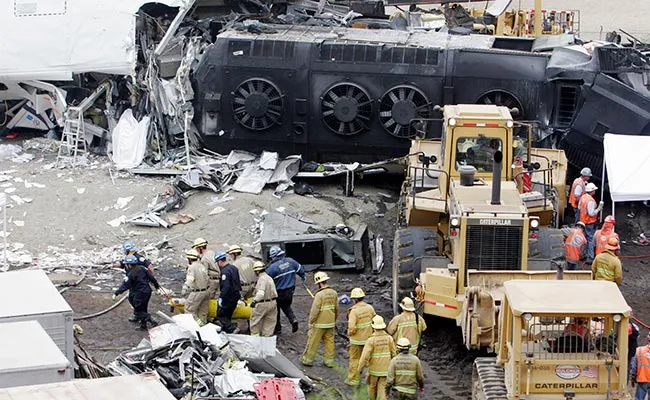
Site of a 2008 collision in Chatsworth, Calif., between a commuter train and a freight train. (Rene Macura/Associated Press)
Investigators determined that the Metrolink engineer was sending and receiving text messages on his cellphone before the crash, and he ran a red signal light before slamming into the Union Pacific freight train.
Congress responded to that Chatsworth collision by requiring railroads to develop and install an automatic braking system that might have prevented it — something that took more than a decade and roughly $15 billion to complete. And regulators banned cellphone use by train operators. Later, lawmakers also required regulators in the 2015 law to look at requiring locomotive video recorders for passenger trains.
Amtrak pledged in 2015 to install cameras on its trains after a crash Philadelphia killed eight people and injured about 200. This new rule will require cameras on all intercity commuter and passenger trains as well.
“While video recorders cannot directly prevent accidents, they help maintain a higher standard of safety,” FRA Administrator Amit Bose said. “In addition, these devices play a vital role in post-accident investigations, providing valuable evidence that helps us understand the circumstances leading to the accident and take appropriate action to prevent similar accidents in the future.”
Want more news? Listen to today's daily briefing below or go here for more info:


